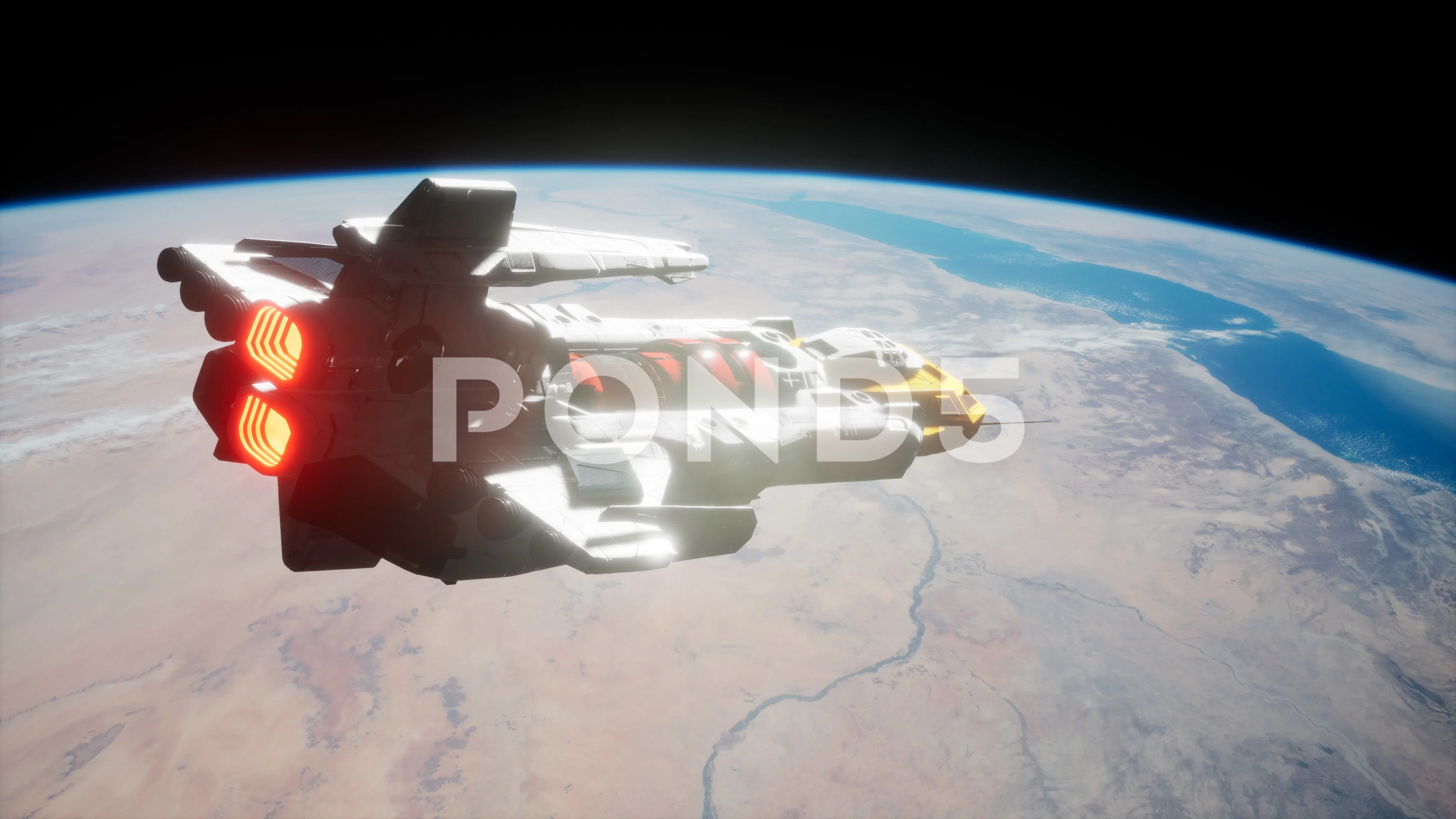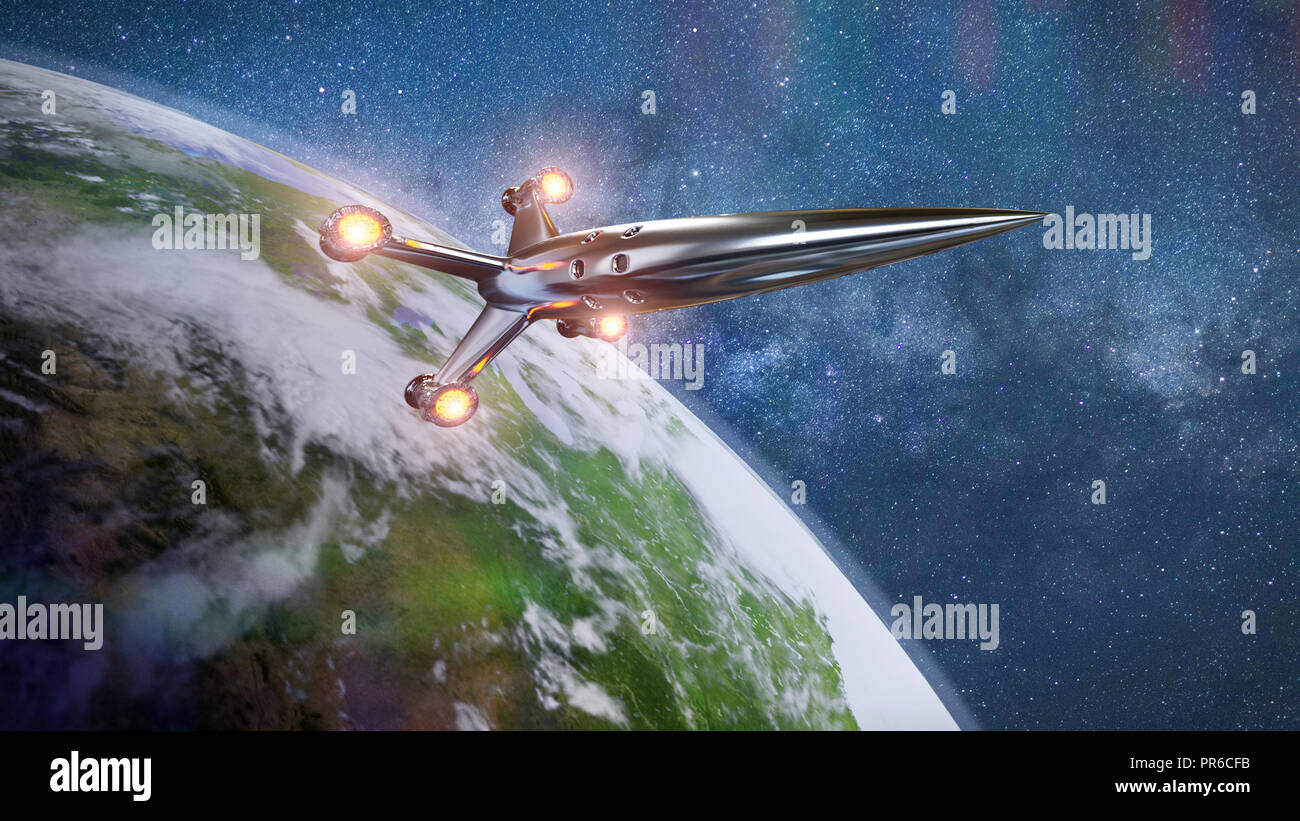
Rocket Factory Augsburg, a unit of German satellite maker OHB, took environmental issues into account from the start in developing its “mini-launcher,” an emerging trend in the aerospace industry. SpaceX faces daunting challenges if it’s going to win the internet space raceĮlon Musk and SpaceX have staked their legacy on a spaceship capable of carrying a hundred passengers to Mars. Like Orbex, the company relies on 3-D printers to create the complex structures. ISAR addresses the problem by guiding the in-flowing fuel through a system of channels to cool the engine. Such aggressive reductions in soot pose design and production challenges because the fuel residue has the positive side effect of protecting the inner surface of the combustion chamber against heat, the 27-year-old engineer said. His rocket - also scheduled to lift off in late 2021 - will decrease soot pollution by using a liquid fuel based on a light hydrocarbon, Metzler said, declining to provide specifics. Reducing soot and CO2 by 25% to 40% is more realistic, said Daniel Metzler, CEO of the German rocket start-up ISAR Aerospace, founded in 2018. In addition to cutting CO2, the rocket will completely avoid black carbon, which is a “much bigger climate problem,” Larmour said.


The company, which is funded by a mix of venture capital and public funds, plans to have its Prime rocket take its maiden flight at the end of 2021.

Smaller challengers such as Orbex are moving quickly.


 0 kommentar(er)
0 kommentar(er)
